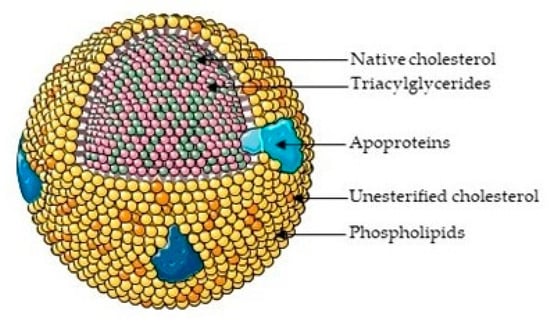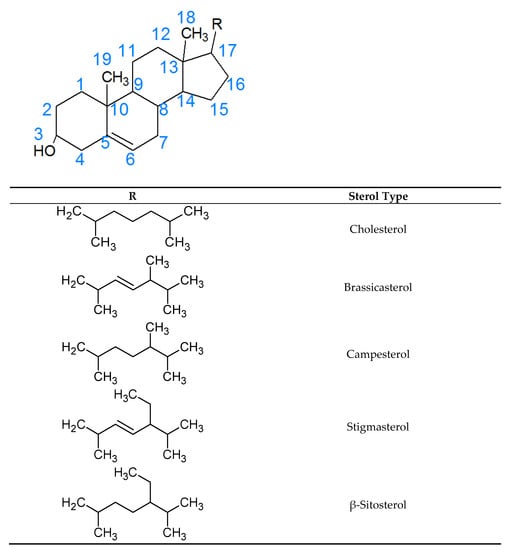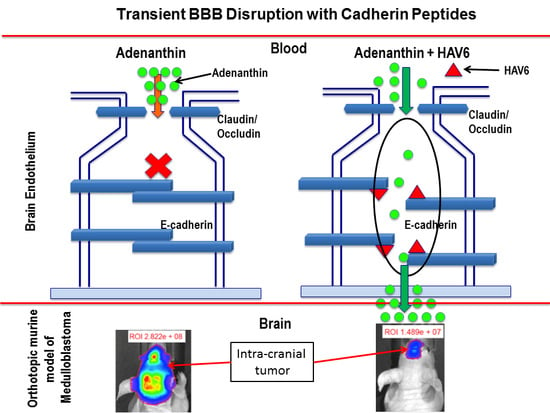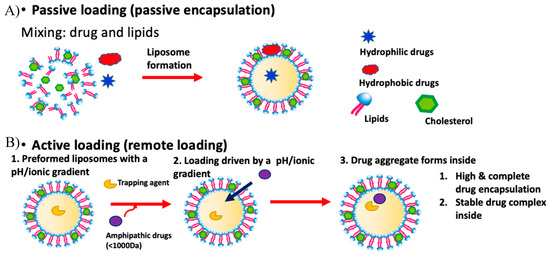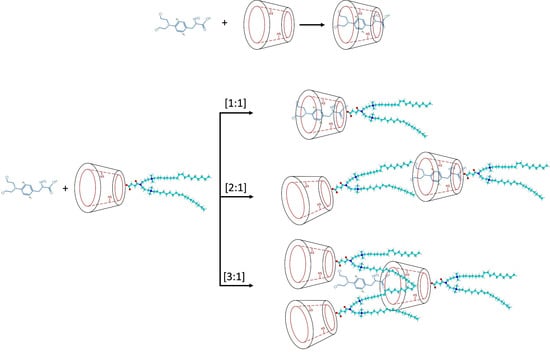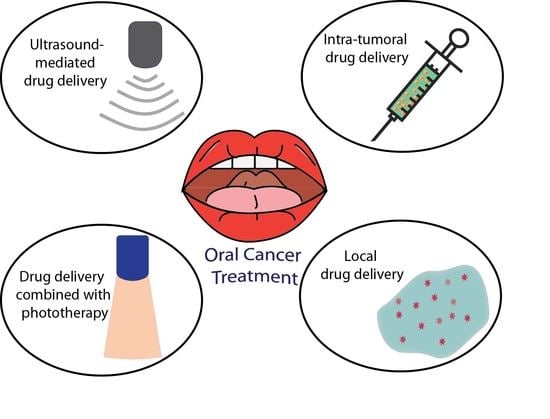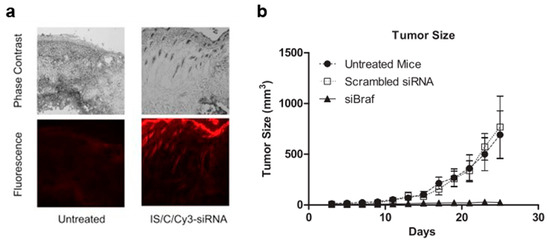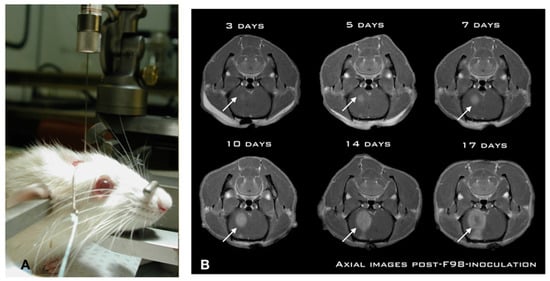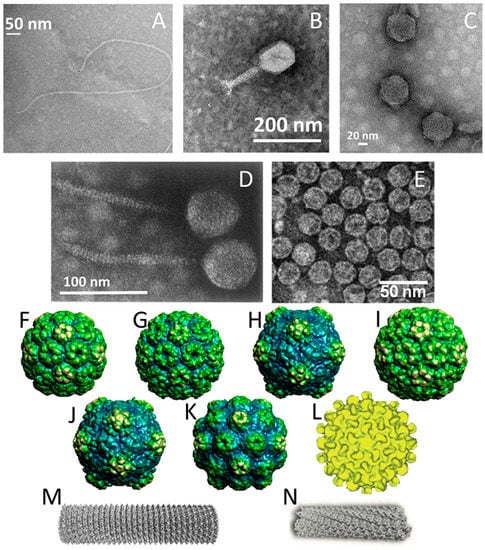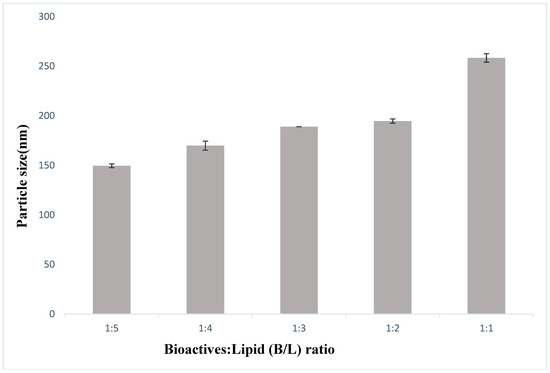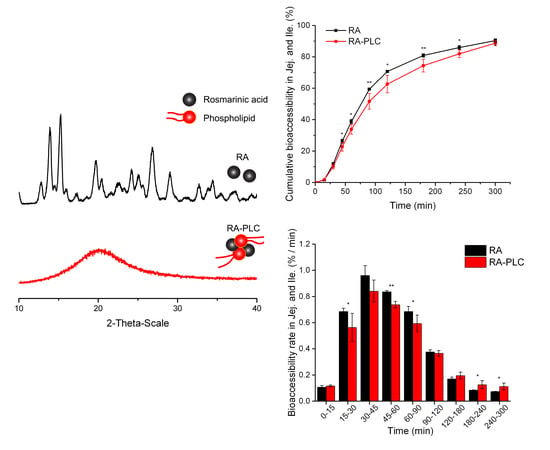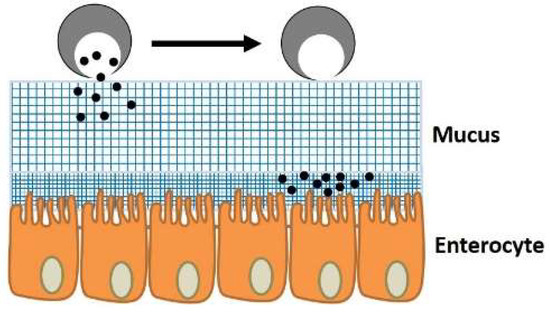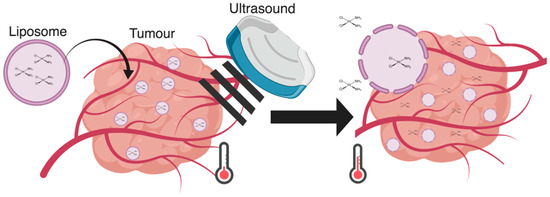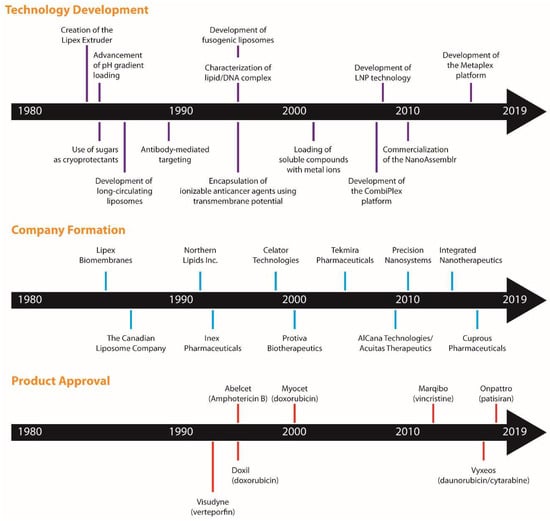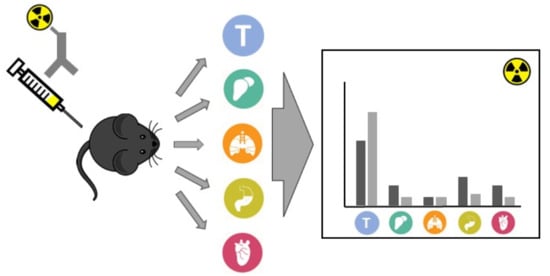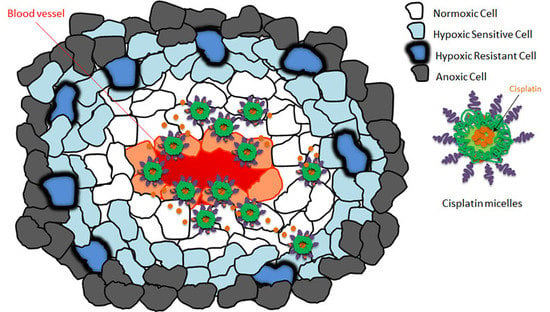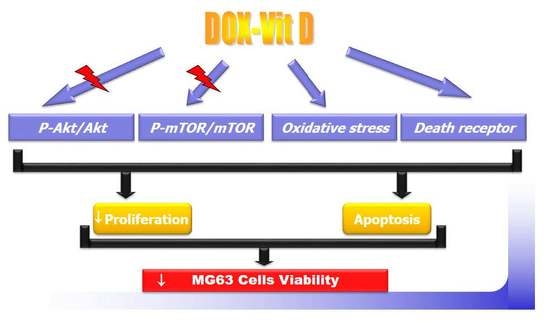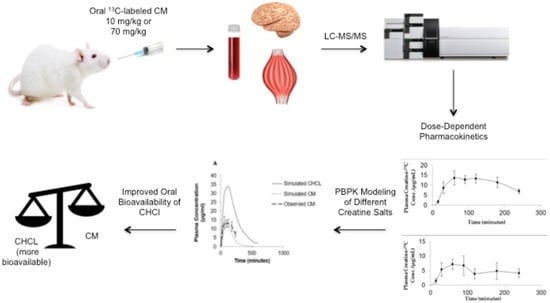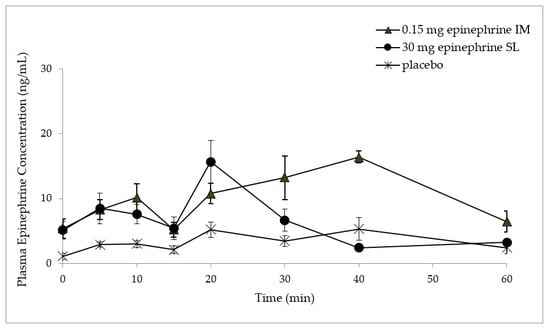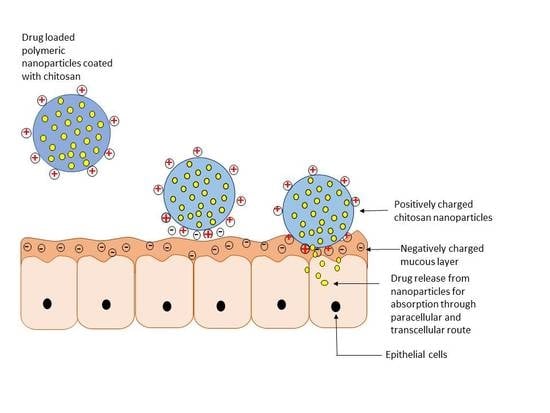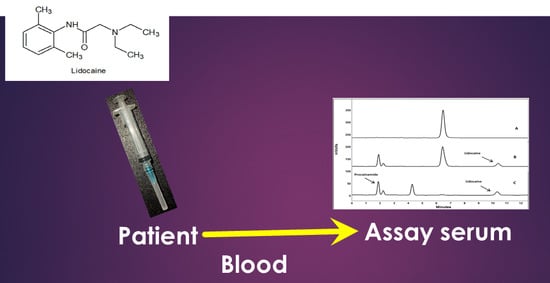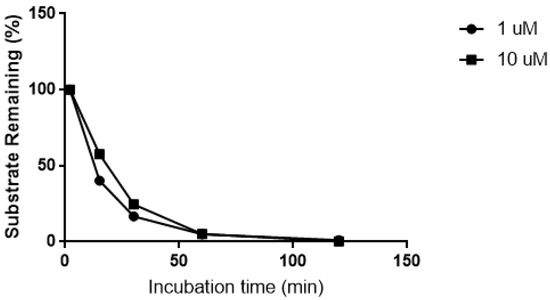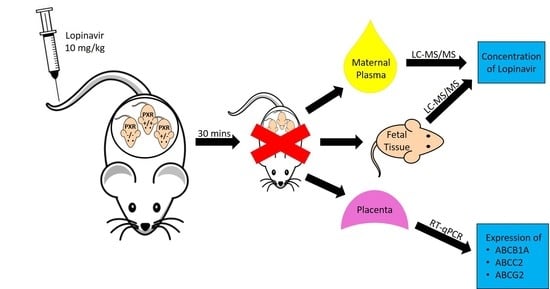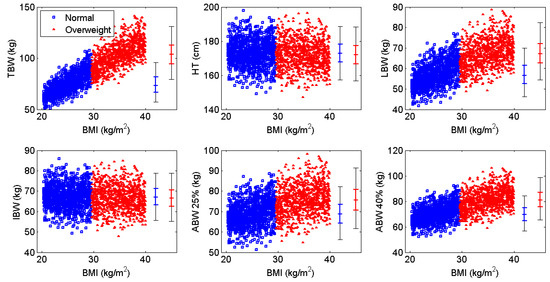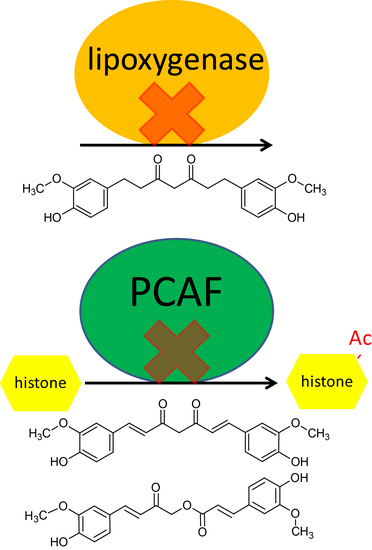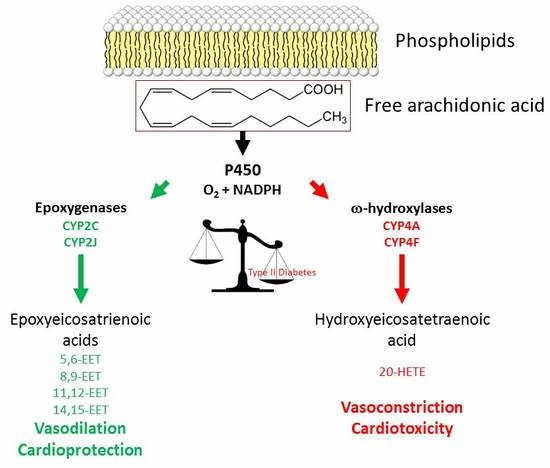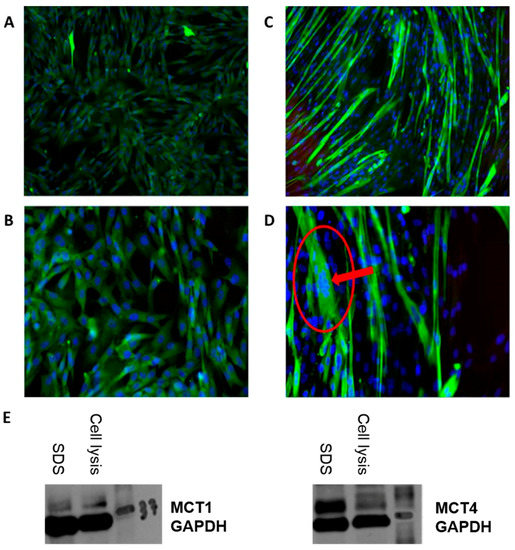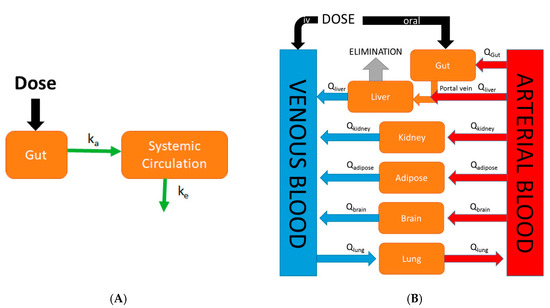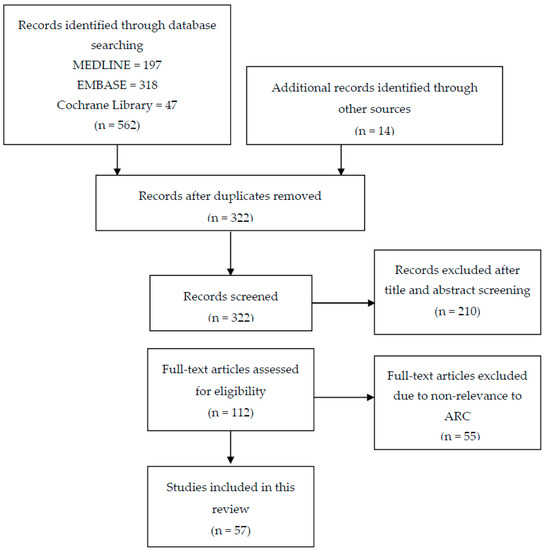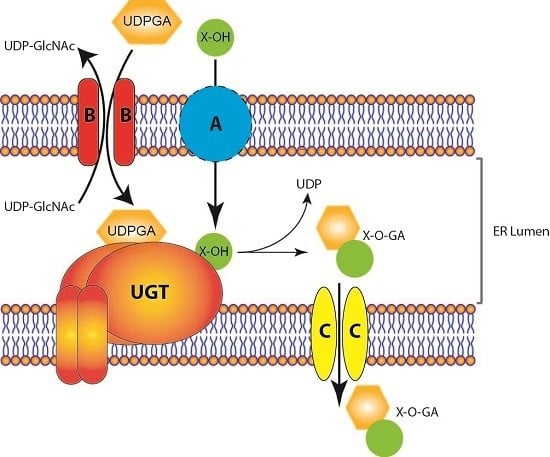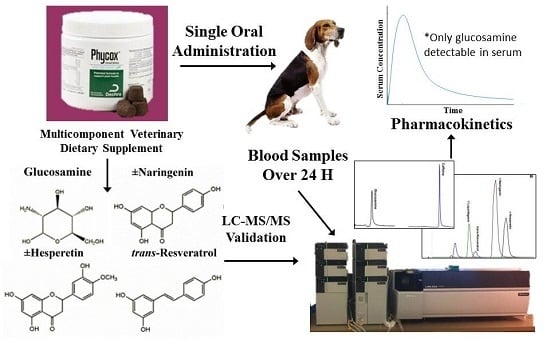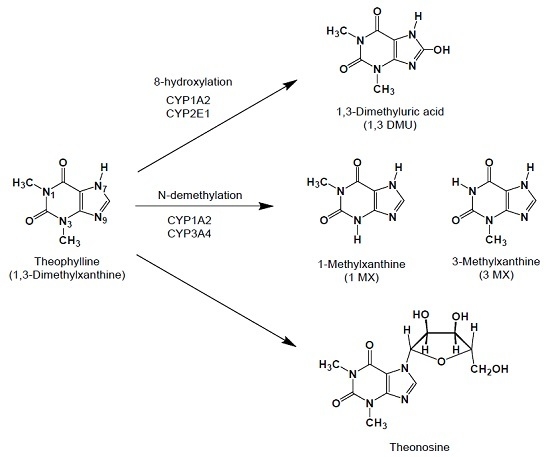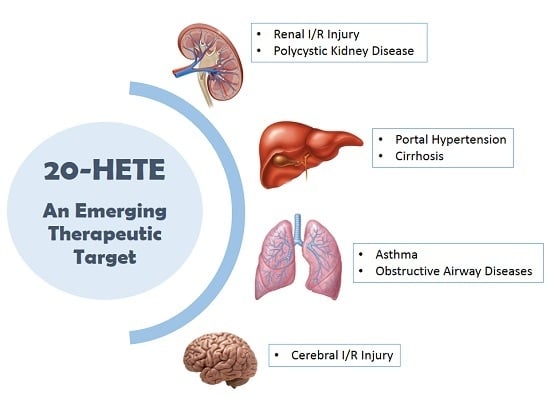Pharmaceutical Sciences in Canada
A topical collection in Pharmaceutics (ISSN 1999-4923). This collection belongs to the section "Drug Delivery and Controlled Release".
Viewed by 8635Editors
Interests: pharmaceutics; drug delivery; formulation; drug development; translational pharmacotherapy; lipid and lipoprotein metabolism; pharmacokinetics
Special Issues, Collections and Topics in MDPI journals
Interests: nucleic acid delivery; nanodiamonds; cationic gemini lipids; self-assembling nanoparticles; small angle X-ray scattering; flow cytometry; radiopharmaceuticals
Special Issues, Collections and Topics in MDPI journals
Topical Collection Information
Dear Colleagues,
Canada continues to have a rich history and significant impact on the Pharmaceutical Sciences, particularly during the current COVID-19 pandemic. This topical collection will highlight the pharmaceutical sciences research currently ongoing in Canada, both within academic and industrial institutions, in areas including but not limited to drug discovery and development, drug delivery, drug repurposing, pharmacokinetics, drug metabolism and drug transport, pharmacogenomics and personalized medicine, pharmacy practice research, pharmacoepidemiology, and pharmaceutical natural products.
Prof. Dr. Kishor M. Wasan
Prof. Dr. Ildiko Badea
Collection Editors
Manuscript Submission Information
Manuscripts should be submitted online at www.mdpi.com by registering and logging in to this website. Once you are registered, click here to go to the submission form. Manuscripts can be submitted until the deadline. All submissions that pass pre-check are peer-reviewed. Accepted papers will be published continuously in the journal (as soon as accepted) and will be listed together on the collection website. Research articles, review articles as well as short communications are invited. For planned papers, a title and short abstract (about 100 words) can be sent to the Editorial Office for announcement on this website.
Submitted manuscripts should not have been published previously, nor be under consideration for publication elsewhere (except conference proceedings papers). All manuscripts are thoroughly refereed through a single-blind peer-review process. A guide for authors and other relevant information for submission of manuscripts is available on the Instructions for Authors page. Pharmaceutics is an international peer-reviewed open access monthly journal published by MDPI.
Please visit the Instructions for Authors page before submitting a manuscript. The Article Processing Charge (APC) for publication in this open access journal is 2900 CHF (Swiss Francs). Submitted papers should be well formatted and use good English. Authors may use MDPI's English editing service prior to publication or during author revisions.
Keywords
- drug discovery and development
- drug delivery
- drug repurposing
- pharmacokinetics
- drug metabolism and drug transport
- pharmacogenomics and personalized medicine
- pharmacy practice research
- pharmacoepidemiology and pharmaceutical natural products
Related Special Issues
- Pharmacokinetics and Drug Metabolism in Canada: The Current Landscape in Pharmaceutics (21 articles - displayed below)
- Drug Delivery Technology Development in Canada in Pharmaceutics (18 articles - displayed below)
- Advanced Pharmaceutical Science and Technology in Pharmaceutics (3 articles)







